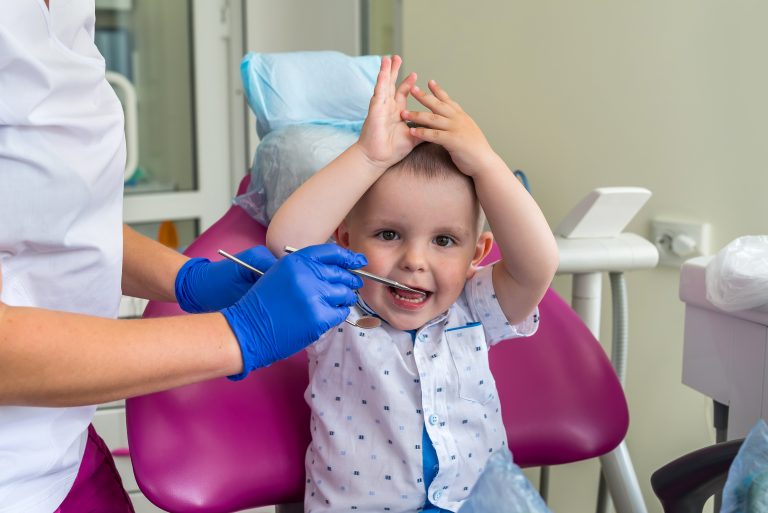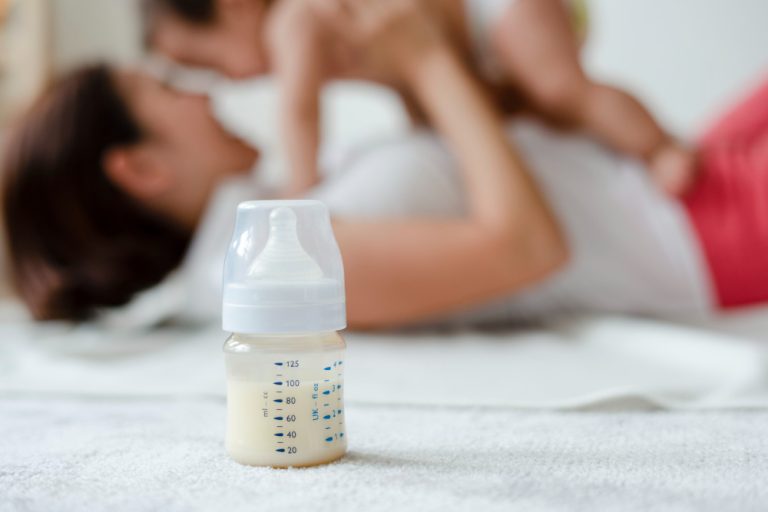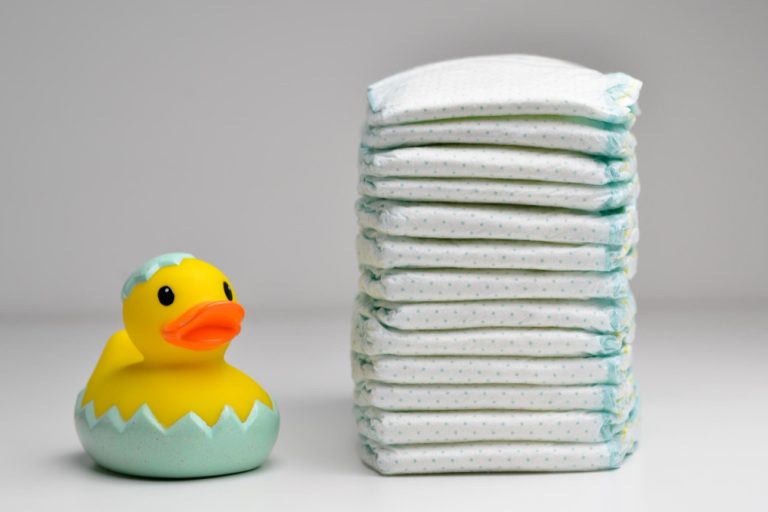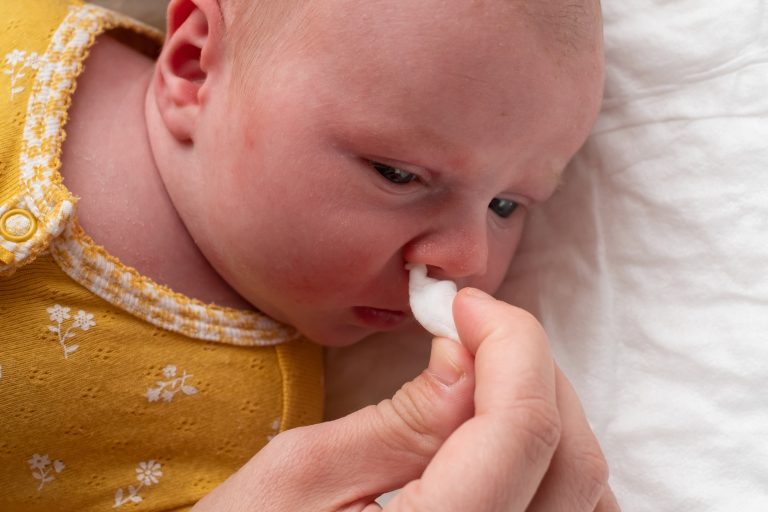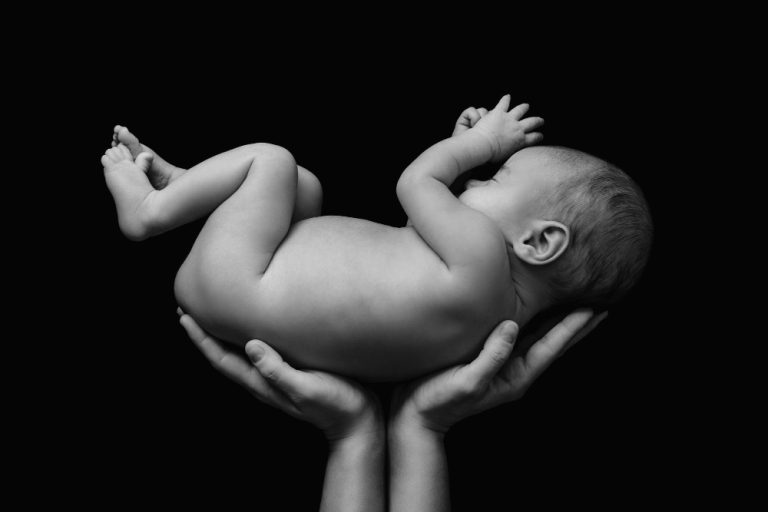How to Get Rid of Phlegm in Babies? Clearing Mucus in Babies
Are you troubled by your baby’s persistent mucus buildup, which is causing discomfort and distress? Dealing with excess phlegm in babies requires gentle yet effective techniques to ensure optimal breathing and overall comfort for your little one. Understanding how to get rid of phlegm in babies can significantly promote their health and well-being.
In this comprehensive guide, we delve into expert strategies and home remedies to effectively combat excess phlegm in babies. From the importance of nasal aspirators for removing mucus to insights on the causes and effects of phlegm in infants, we cover all you need to know to manage this common issue.
Let’s explore the safest and most efficient ways on how to get rid of phlegm in babies, address your adorable child’s discomfort, and promote better breathing for a happier, healthier baby.
Venture on this journey to discover practical tips and expert advice on clearing mucus in babies, empowering you to provide the best care for your little one’s respiratory health.
Introduction to Clearing Phlegm in Babies

Clearing phlegm in a baby’s throat is essential for their overall health and well-being. Babies have smaller airways and are more susceptible to mucus buildup, which can lead to discomfort and difficulty breathing. By effectively clearing phlegm, you can promote better respiration, prevent infections, and improve your baby’s overall comfort.
Excess phlegm can result from various factors such as colds, allergies, or irritants in the environment. It’s important to address this issue promptly to prevent complications such as respiratory distress or choking. By taking the necessary steps to clear phlegm in your baby’s throat, you can ease their breathing and ensure a healthier respiratory system.
When phlegm blocks the airway, it can hinder proper oxygen flow, causing your baby to struggle to breathe. Helping them clear the phlegm ensures better oxygenation and reduces the risk of respiratory issues. Additionally, clearing phlegm also helps prevent further complications like ear infections or sinus issues that may arise from excess mucus accumulation.
In the following sections, we will explore the causes of excess mucus in babies, signs and symptoms to watch out for, and effective methods on how to get rid of phlegm in babies safely. Let’s dive in and learn how to manage this common issue in infants, ensuring their comfort and promoting better respiratory health.
Understanding Excess Mucus in Babies
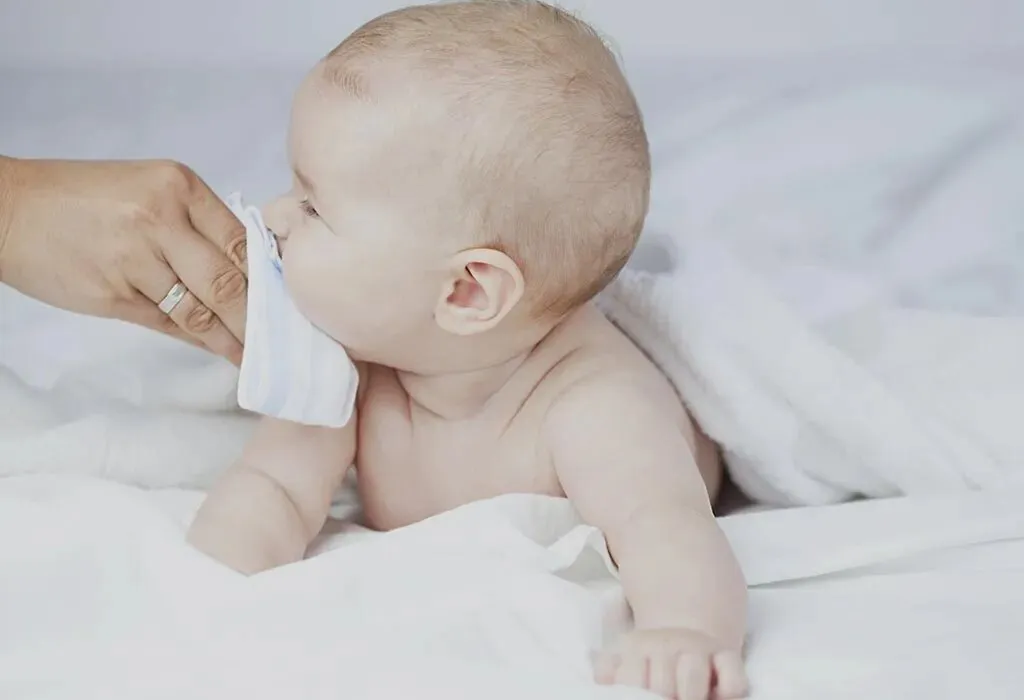
Excess mucus in a baby’s throat can result from various factors, such as allergies, colds, or environmental irritants. To manage and clear excess mucus effectively, it is important to recognize the causes.
Signs and Symptoms of Phlegm in Babies
- Recognizing the signs and symptoms of phlegm in babies is crucial in addressing the issue promptly.
- By being aware of these indicators, you can take the necessary steps to ensure your baby’s comfort and well-being.
Emergency First Aid for Baby Choking on Mucus
- When a baby is choking on mucus, it’s essential to stay calm and take immediate action to clear its airway.
- Understanding the steps of emergency first aid can help you handle such situations effectively.
Getting Rid of Phlegm: Do’s and Don’ts
- When it comes to clearing phlegm from a baby’s throat, it’s important to know what actions to take and avoid.
- Following the correct methods can ensure safe and effective phlegm removal while minimizing any discomfort for your little one.
How to Use a Nasal Aspirator to Clear Phlegm
- Nasal aspirators can be a helpful tool in clearing phlegm from a baby’s nose and throat.
- Understanding the different types of nasal aspirators available and the proper usage can maximize their effectiveness and maintain your baby’s comfort.
Tips for Removing Baby’s Phlegm
- Various techniques and remedies can help remove phlegm from a baby’s throat.
- Implementing these tips, from saline drops to assisted coughing, can ease your baby’s breathing and promote better phlegm clearance.
When to Seek Medical Help
- While clearing phlegm from a baby’s throat can often be done at home, there are instances where medical intervention may be necessary.
- Knowing when to seek medical help is essential to ensure your baby receives the appropriate care and treatment.
Medical Emergency: Taking Immediate Action
- In rare cases, excessive phlegm can lead to a medical emergency.
- Understanding the signs and taking immediate action is crucial to ensure your baby’s safety.
- Quick response and contacting emergency services can make a significant difference in such situations.
In conclusion, clearing phlegm in a baby’s throat is vital for better breathing and overall health. By understanding the causes, recognizing the signs, and implementing the appropriate methods, you can effectively understand how to get rid of phlegm in babies and clear excess phlegm, ensuring your baby’s comfort and well-being.
Understanding Excess Mucus in Babies
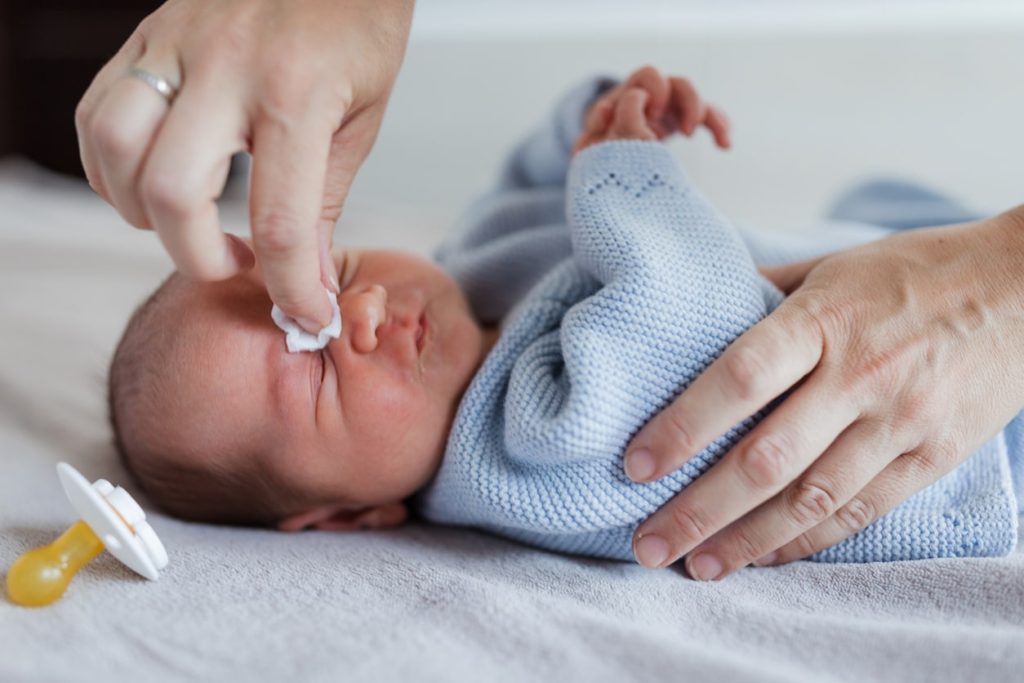
Excess mucus in a baby’s throat can cause discomfort and affect their breathing. It’s important to understand this condition’s causes and its potential effects on your little one’s health.
Causes of Excess Mucus
1. Common Cold
Respiratory infections, especially viral infections like the common cold, can lead to increased mucus production in babies.
2. Allergies
Allergens such as dust mites, pollen, or pet dander can trigger an allergic reaction in infants, resulting in excess mucus.
3. Irritants
Exposure to irritants like cigarette smoke, strong perfumes, or pollutants can cause the body to produce more mucus as a protective mechanism.
4. Teething
While teething itself doesn’t directly cause excess mucus, it can lead to excessive drooling, which can mix with nasal secretions and create thicker mucus.
5. Sinusitis
Inflammation or infection of the sinuses can cause mucus buildup and congestion in babies.
Effects on Breathing and Comfort
1. Difficulty Breathing
Excessive mucus can block the nasal passages, making it harder for babies to breathe through their nose. This can lead to snoring and even sleep disturbances.
2. Coughing and Sneezing
Babies may experience frequent coughing and sneezing as their body tries to clear the excess mucus.
3. Reduced Appetite
The discomfort caused by excess mucus can make it difficult for babies to feed properly, leading to a decreased appetite.
4. Restlessness and Irritability
Babies may become fussy and restless due to the discomfort and difficulty in breathing caused by excess mucus.
5. Risk of Infection
Excess mucus can create a breeding ground for bacteria, increasing the risk of respiratory infections such as bronchitis or pneumonia.
By understanding the causes and effects of excess mucus in babies, parents can take proactive steps to manage and alleviate discomfort for their little ones. In the next section, we will discuss common signs and symptoms that indicate the presence of phlegm in a baby’s throat.
Signs and Symptoms of Phlegm in Babies
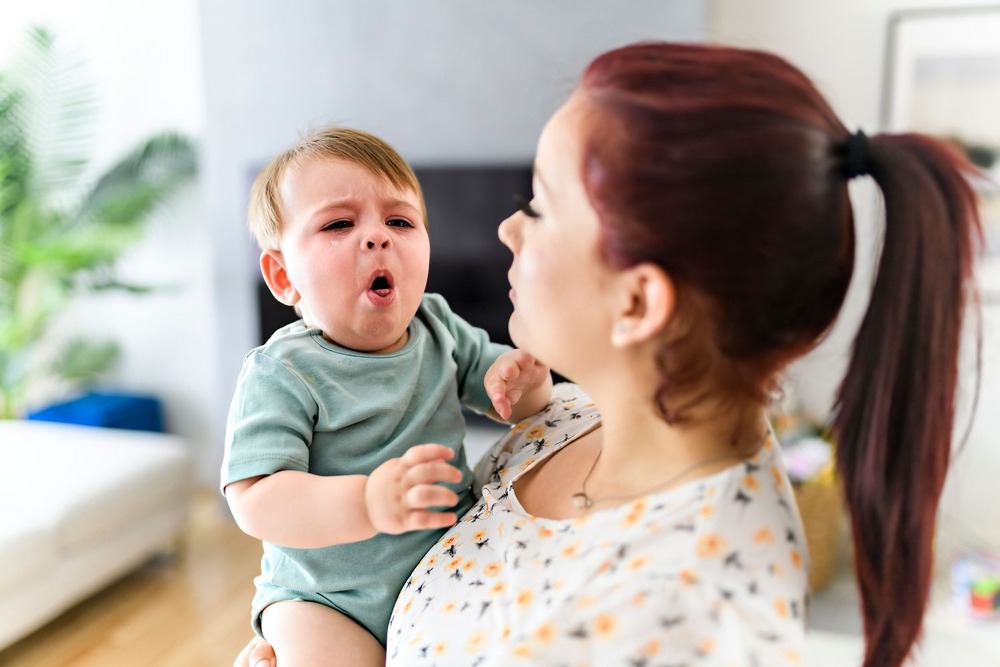
When it comes to identifying phlegm in a baby’s throat, there are several common signs and symptoms to look out for. Recognizing these indicators can help parents take the necessary steps to alleviate their baby’s discomfort and promote better breathing.
Here are some typical signs that may indicate the presence of phlegm in a baby’s throat:
1. Persistent cough
- A persistent cough that doesn’t seem to go away can be a strong indicator of phlegm in the baby’s throat.
- This cough may sound wet or congested and is often accompanied by difficulty in clearing the throat.
2. Nasal congestion
- Babies with phlegm may experience nasal congestion or a stuffy nose.
- This can make it difficult for them to breathe properly, particularly during feeding or sleep.
3. Difficulty in breathing
- Phlegm in the throat can cause breathing difficulties, making it harder for babies to breathe comfortably.
- They may exhibit rapid, shallow breathing or grunting sounds while breathing.
4. Gurgling or rattling sounds
- Phlegm in the throat can create gurgling or rattling sounds as the baby breathes.
- These sounds occur due to the mucus blocking the airway, resulting in turbulence while breathing.
5. Increased fussiness or irritability
- Babies with phlegm in their throats may exhibit increased fussiness or irritability.
- They can become more difficult to soothe or calm down due to the discomfort caused by the mucus build-up.
6. Poor appetite or feeding difficulties
- Excessive phlegm can affect a baby’s appetite and feeding abilities.
- They may refuse to eat or drink as usual or experience difficulties in sucking and swallowing.
7. Fever
- In some cases, a mild fever can accompany phlegm in the throat.
- However, it’s important to note that a fever alone doesn’t necessarily indicate phlegm and may be caused by other factors.
Suppose you notice any of these signs or symptoms in your baby. In that case, it’s advisable to consult a healthcare professional for a proper diagnosis and guidance on the appropriate course of action. Effective management of phlegm can help improve your baby’s comfort and overall well-being.
Remember, every baby is unique, and symptoms may vary. Trust your parental instincts, and don’t hesitate to seek medical advice if you have concerns about your baby’s health.
Emergency First Aid for Baby Choking on Mucus
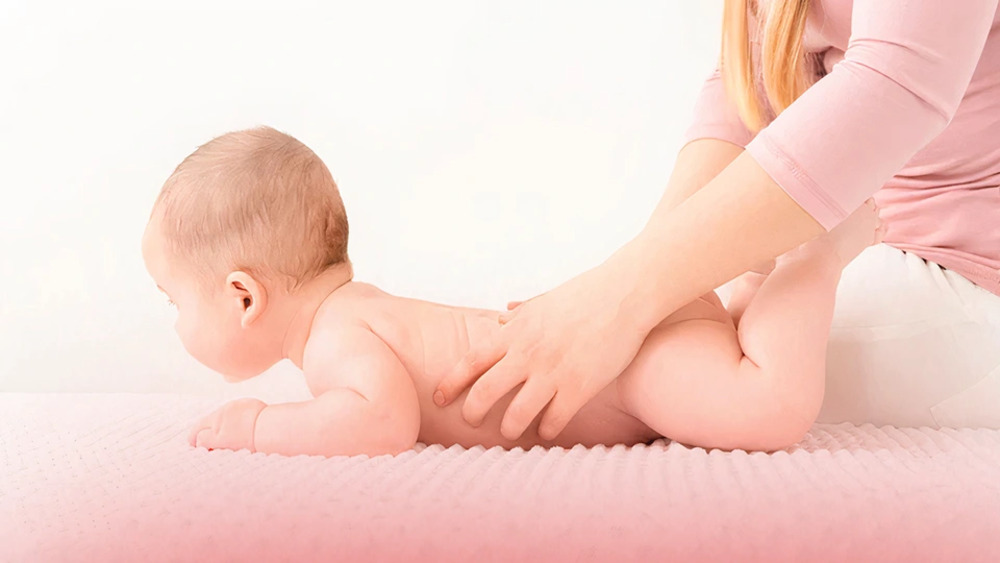
Choking on mucus can be a frightening experience for both babies and their parents. It is crucial to stay calm and take immediate action to ensure the baby’s safety.
Here are some important steps to follow in case your baby is choking on mucus:
1. Stay Calm
- It is essential to remain calm and composed during a choking episode.
- Panicking can make the situation worse and hinder your ability to help the baby effectively.
2. Assess the Situation
- Quickly evaluate if the baby is able to cough or breathe.
- If they are coughing forcefully, allow them to continue coughing as it helps to clear the airway.
- However, if the baby is unable to cough or breathe, you must act promptly.
3. Support the Baby in a Safe Position
- Place the baby face-down on your forearm, with their head lower than their chest.
- Use your thigh or the heel of your hand to support the baby’s head and jaw.
4. Deliver Back Blows
- Using the heel of your hand, give gentle but firm back blows between the baby’s shoulder blades.
- The aim is to dislodge the mucus causing the obstruction.
5. Perform Chest Thrusts
- If back blows don’t clear the airway, turn the baby over onto their back while still supporting the head.
- Place two or three fingers in the center of the baby’s chest, just below the nipple line, and give gentle downward chest thrusts.
- Be cautious not to compress the baby’s throat.
6. Call for Help
- If the baby doesn’t respond to your efforts or the obstruction persists, call emergency services immediately for medical assistance.
Remember, it is crucial to seek medical help if the baby’s condition worsens or if you are unsure about what to do. Proper training in infant CPR and choking rescue techniques can be life-saving in such situations. Stay prepared and act swiftly to ensure your baby’s well-being.
How to Get Rid of Phlegm in Babies: Do’s and Don’ts
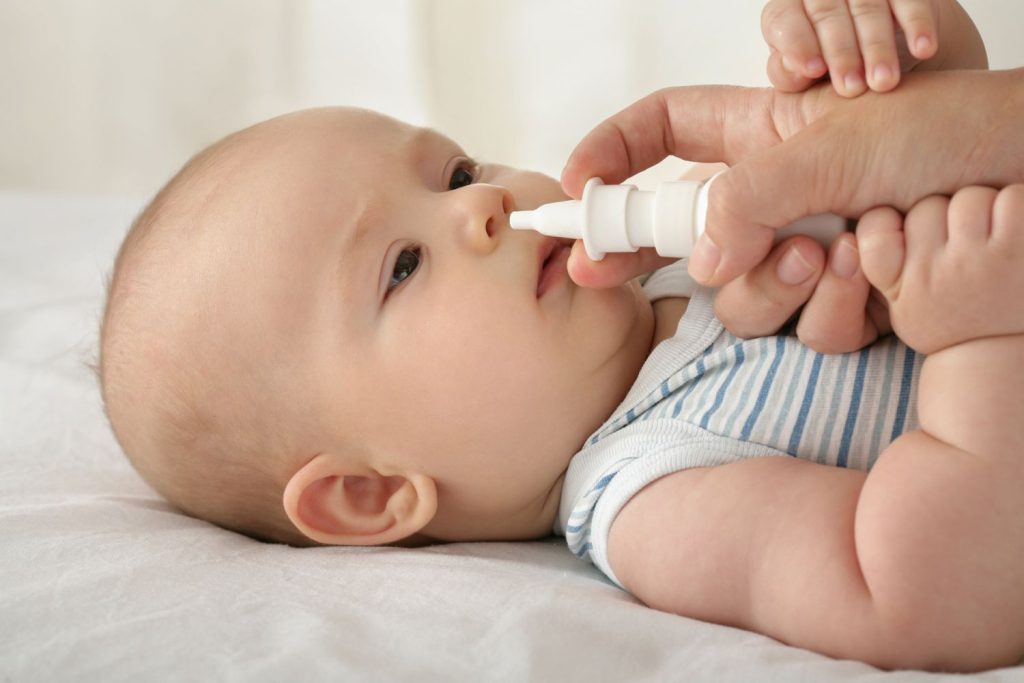
When it comes to clearing phlegm from a baby’s throat, there are certain do’s and don’ts that every parent should be aware of. By following these guidelines, you can effectively help your baby breathe better and alleviate their discomfort.
Here are some important tips to keep in mind:
Do’s:
1. Use nasal aspirators correctly
- Nasal aspirators can be helpful tools for removing excess phlegm.
- Choose a reliable and safe nasal aspirator explicitly designed for infants.
- Prioritize hygiene by cleaning and sterilizing the aspirator after each use, following the manufacturer’s instructions.
2. Steam inhalation
- Run hot water in the bathroom and sit with your baby for a few minutes to create a steamy environment.
- The moist air can help loosen the phlegm, making it easier for them to breathe.
3. Hydration is key
- Ensure your baby stays well-hydrated by offering them frequent small sips of water.
- Keeping their body hydrated can help thin out the mucus, making it easier to expel.
4. Elevate the baby’s head
- Place a small pillow or elevate the mattress slightly to raise the baby’s head during sleep.
- This can help drain the mucus from their throat and prevent further congestion.
Don’ts:
1. Avoid excessive suctioning
- While nasal aspirators can be effective, avoid excessive suctioning as it may irritate the delicate linings of the baby’s nose.
- Use gentle, controlled suctioning to prevent any harm or discomfort to your little one.
2. Don’t use excessive force
- When clearing phlegm, be gentle and avoid using excessive force.
- Applying too much pressure may cause harm to the baby’s throat or nasal passages.
3. Don’t rely solely on over-the-counter medications
- It’s important to consult with your pediatrician before using any over-the-counter medications for your baby’s phlegm.
- They can provide proper guidance and recommend suitable options for your little one’s specific condition.
4. Avoid exposure to irritants
- Keep your baby away from irritants such as smoke, strong perfumes, and allergens.
- These can worsen their symptoms and make it harder for them to clear the phlegm.
By following these do’s and don’ts, you can effectively help your baby clear phlegm and promote better breathing. However, if your baby’s symptoms persist or worsen, it’s essential to consult with your pediatrician for further evaluation and treatment. Remember, every baby is unique, and their healthcare needs may vary.
How to Use a Nasal Aspirator to Clear Phlegm
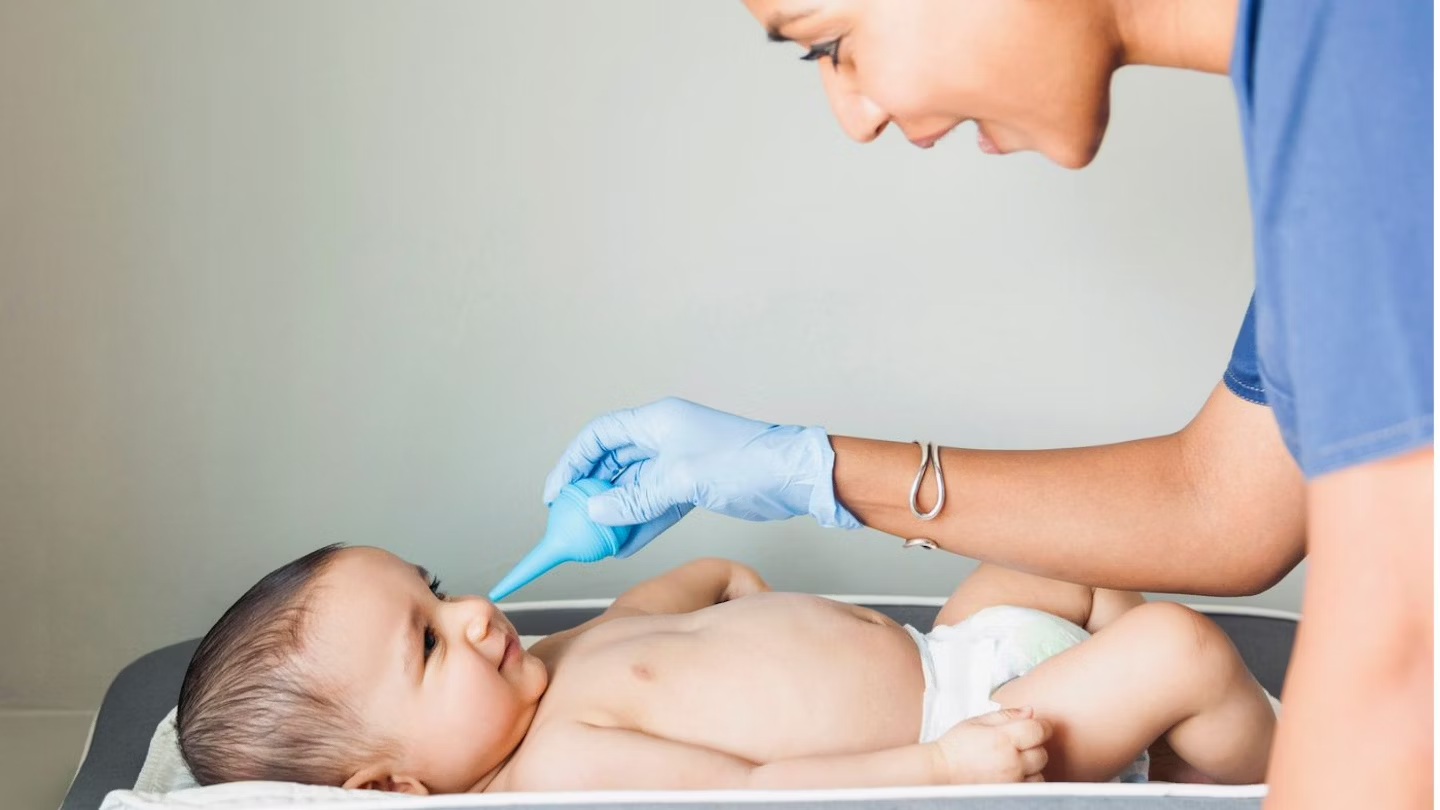
Clearing phlegm from a baby’s throat can greatly improve their breathing and overall comfort. One effective tool for this purpose is a nasal aspirator. Nasal aspirators come in various types, each with its own unique benefits.
Here’s a guide on how to use nasal aspirators safely and effectively to clear phlegm from your baby’s nose and throat.
Types of Nasal Aspirators
1. Bulb Syringe
- This classic nasal aspirator consists of a soft, round bulb attached to a narrow tube.
- Squeeze the bulb to create suction, then gently insert the tip into your baby’s nostril and release the bulb to suction out the phlegm.
2. Electric Nasal Aspirator
- These battery-powered aspirators offer convenience and efficiency.
- They feature a motorized suction mechanism that creates a gentle and controlled suction force to remove the phlegm effectively.
3. Manual Nasal Aspirator
- Manual aspirators work similarly to bulb syringes but have additional features like disposable filters to prevent contamination.
- They often come with a flexible tip for a comfortable and secure fit in your baby’s nostril.
Step-by-Step Instructions
1. Before starting, ensure a calm and comfortable environment for your baby. Wash your hands thoroughly and position your baby safely, either lying down or sitting upright with support.
2. Choose the type of nasal aspirator that suits your baby and assemble it according to the manufacturer’s instructions.
3. Gently squeeze any air out of the bulb syringe or insert batteries into an electric aspirator.
4. Place the aspirator’s tip at the entrance of your baby’s nostril. Avoid inserting it too far to prevent discomfort or injury. For manual aspirators with disposable filters, make sure the filter is securely attached.
5. Squeeze the bulb or activate the suction mechanism with controlled pressure. Release the suction gently to draw out the phlegm from your baby’s nose and throat. Repeat this process for the other nostril.
6. After each use, clean the aspirator thoroughly. Disassemble the parts and wash them with warm, soapy water. Rinse well and allow them to dry completely before reassembling.
Always use the nasal aspirator with caution and gentleness to ensure your baby’s safety and comfort. If you notice any irritation or discomfort, discontinue use and consult your healthcare provider.
Using a nasal aspirator can be an effective way to clear phlegm from your baby’s nose and throat. However, if you have any concerns or the phlegm persists, it’s essential to seek guidance from your healthcare provider for further evaluation and advice.
Following these step-by-step instructions and choosing the right nasal aspirator for your baby can help alleviate their discomfort and promote better breathing.
Tips for Removing Baby’s Phlegm

When your baby is struggling with phlegm in their throat, it’s important to have effective techniques to help them find relief. Here are some practical tips and techniques for removing phlegm from a baby’s throat:
1. Use Saline Drops
- Saline drops can be a gentle and safe way to moisten your baby’s nasal passages and loosen up the phlegm.
- Administer a few drops in each nostril and wait for a minute before using a nasal aspirator to clear the mucus.
- This can help ease congestion and make it easier for your baby to breathe.
2. Assisted Coughing
- Assisted coughing can be beneficial in helping your baby expel phlegm from their throat.
- Place the palm of your hand on their chest, between the shoulder blades, and gently pat or stroke in an upward motion.
- This can create a vibration that helps loosen the phlegm and encourages coughing.
3. Elevate the Baby’s Head
- Raising the head of your baby’s crib or bassinet can help reduce phlegm buildup.
- By elevating their head slightly, gravity can aid in draining the mucus from the throat.
- Ensure that the incline is gentle and doesn’t cause any discomfort for your little one.
4. Provide Plenty of Fluids
- Staying hydrated can help thin out the phlegm and make it easier for your baby to cough up.
- Offer frequent breastfeeding or bottle feeding sessions to ensure they’re getting enough fluids.
- If your baby is six months or older, you may also consider giving them small sips of water between feedings.
5. Encourage Steam Therapy
- Steam can help loosen phlegm and relieve congestion in your baby’s throat.
- Take your baby into the bathroom and run a hot shower to create a steamy environment.
- Sit with them in the room for a few minutes, being cautious to maintain a safe distance from hot water to allow the steam to work its magic.
Always consult your pediatrician for specific guidance on techniques to remove phlegm from your baby’s throat. These tips can provide relief, but it is essential to monitor your baby’s condition closely and seek medical assistance if necessary.
Utilizing these practical tips and techniques can help your baby find relief from phlegm and promote better breathing.
When to Seek Medical Help
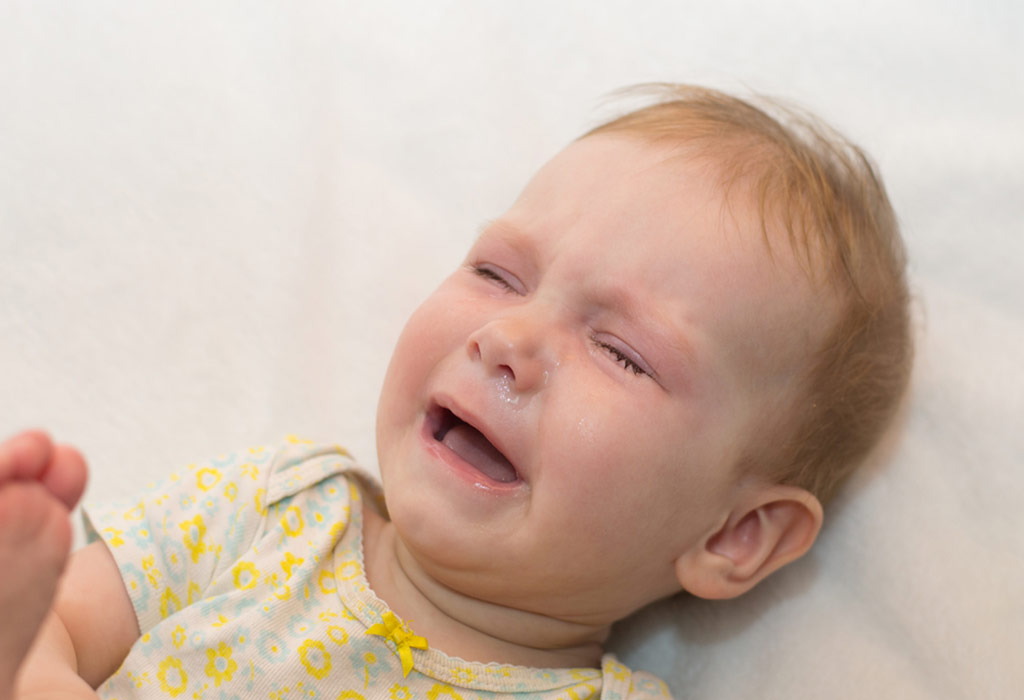
Knowing when to seek medical help is crucial when dealing with excess phlegm in babies. While many cases can be managed at home, certain signs and situations require immediate medical attention for further evaluation and treatment.
Here are the key indicators that indicate the need to consult a healthcare professional:
1. Difficulty Breathing
If your baby is struggling to breathe or if their breathing becomes rapid, shallow, or labored, it is important to seek medical help promptly.
2. Choking Episodes
If your baby experiences frequent choking episodes or has difficulty swallowing, it could be a sign of a more serious issue that needs medical assessment.
3. Persistent Fever
If your baby has a persistent fever, particularly if it is accompanied by other symptoms such as coughing, wheezing, or lethargy, it is advisable to consult a doctor.
4. Severe Coughing
If your baby’s cough is severe and persistent, or if it is accompanied by a high-pitched wheezing sound or coughing up blood, medical attention is recommended.
5. Dehydration
If your baby shows signs of dehydration, such as reduced urination, dry mouth, sunken fontanelles, or extreme fussiness, it is important to seek medical help to prevent complications.
6. Prolonged Symptoms
If your baby’s symptoms persist or worsen despite home remedies and care, a medical evaluation is needed to identify the underlying cause.
7. Alarming Changes
If your baby demonstrates alarming changes in behavior, such as extreme lethargy, irritability, or a significant decrease in appetite, consulting a healthcare professional is advised.
Remember, it is always better to err on the side of caution regarding your baby’s health. Seeking timely medical help can provide your little one with the necessary evaluation, diagnosis, and appropriate treatment.
Medical Emergency: Taking Immediate Action
In the rare event of a medical emergency related to excessive phlegm in a baby’s throat, it is crucial to take immediate action. By following these clear instructions, you can ensure the safety and well-being of your baby:
1. Stay Calm and Assess the Situation
- Remain calm to avoid panic, as your baby can sense your emotions.
- Assess the severity of the situation and determine if it requires immediate medical attention.
2. Contact Emergency Services
- In a medical emergency, time is of the essence.
- Dial the emergency services number in your country (e.g., 911) to seek professional help promptly.
- Provide them with accurate information and follow their instructions.
3. Follow Basic CPR Guidelines (if Necessary)
- If your baby is unresponsive and not breathing, it may be necessary to perform CPR (Cardiopulmonary Resuscitation) while waiting for medical professionals to arrive.
- Remember to follow the guidelines and techniques taught in CPR training classes.
4. Provide Comfort and Support
- While waiting for help, provide comfort and support to your baby.
- Keep them upright to facilitate breathing, and gently pat them on the back to help dislodge any phlegm.
5. Avoid Attempting DIY Interventions
- In a medical emergency, it is essential to refrain from attempting any do-it-yourself interventions or using home remedies without professional guidance.
- This can potentially worsen the situation and delay necessary medical care.
Remember, the well-being of your baby is paramount. Stay calm, act quickly, and seek immediate medical assistance to ensure the best outcome in a medical emergency related to excessive phlegm in the throat.
Source:
- Cleveland Clinic: Clearing Phlegm in Babies
- UNC Health: How to Clear Your Baby’s Mucus
- Dr. Priyanka Rao, UNC Health
Final Thoughts: How to Get Rid of Phlegm in Babies
To summarize, effectively managing and clearing phlegm in babies’ throats is crucial for their respiratory health and overall well-being. Parents can ensure better breathing and comfort for their little ones by following the right techniques and taking necessary precautions.
Here are the key takeaways:
1. Clearing phlegm is essential
- Excess mucus in a baby’s throat can obstruct airways and lead to breathing difficulties.
- Regularly removing phlegm helps prevent congestion and promotes healthy respiratory function.
2. Use safe and proven methods
- Nasal aspirators, saline drops, assisted coughing, and elevating the baby’s head are safe and effective techniques for removing phlegm.
- However, using them correctly and consulting a healthcare professional for guidance if needed is important.
3. Recognize when to seek medical help
- While most cases of phlegm in babies can be managed at home, certain signs and situations require immediate medical attention.
- These include severe difficulty breathing, persistent coughing, and choking on mucus.
4. Practice good hygiene
- Maintaining a clean environment and washing hands frequently can help.
- Avoiding exposure to respiratory infections can help prevent excessive phlegm production in babies.
5. Stay calm in emergency situations
- In the event of choking or other medical emergencies involving phlegm, it’s crucial to remain calm.
- Call emergency services and follow the provided instructions until help arrives.
Parents can ensure their baby’s comfort and promote healthy respiratory development by learning how to get rid of phlegm in babies, clearing phlegm proactively, and seeking professional guidance when necessary. Always prioritize your baby’s well-being and consult a healthcare professional for personalized advice.


